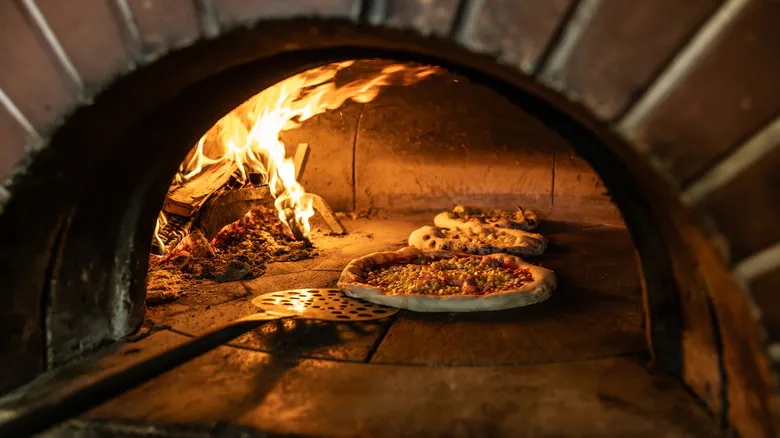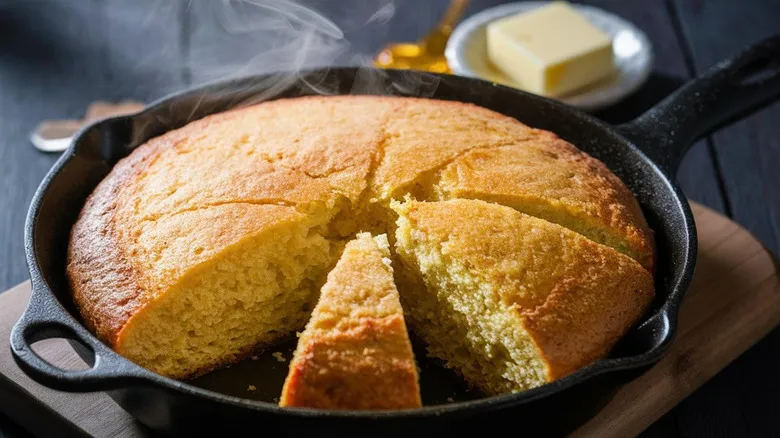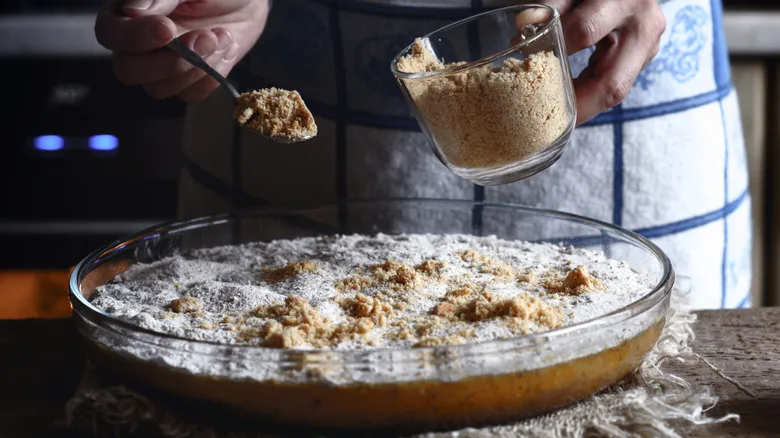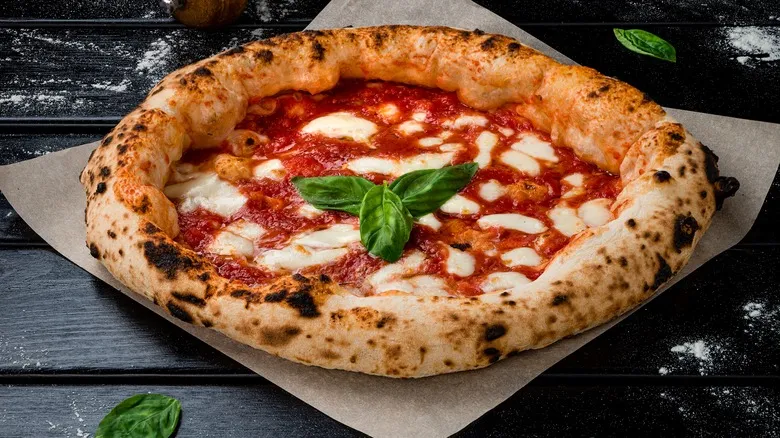More tips for a sturdy crust

When it comes to irresistibly delicious pizza, temperature is essential. That's why pizzerias utilize extremely hot ovens that are meticulously monitored to maintain a consistent heat. Preheating your cooking surface helps mimic these conditions, ensuring your pizza gets 360 degrees of uniform heat. This prevents moisture from accumulating beneath the pizza, which can lead to steaming instead of toasting. A hot surface will evaporate any excess moisture, resulting in a crust that is soft on the inside and crispy on the outside.
There are additional steps you can take to enhance this technique. For example, if you're preparing homemade pizza, allow the dough to reach room temperature before rolling it out. The clash between the oven's intense heat and cold dough can create condensation, so warming the dough slightly helps prevent it from becoming soggy. You can also quickly sauté moisture-rich toppings like bell peppers and mushrooms to eliminate excess water and enhance their flavor with a delightful, toasted taste.
Lastly, to maintain the integrity of your crust, it's important to apply your sauce at the right time and temperature. Just like the dough, cold sauce can produce steam when heated, so ensure it’s at room temperature before spreading it on. Additionally, be sure to add your toppings just before baking to prevent the sauce from soaking into the crust. If you enjoy gourmet flavors, Trader Joe's bisque makes a fantastic pizza sauce that won’t introduce too much extra moisture.
Recommended

Never Eat Dry Boxed Cornbread Again With One Creamy Addition

The Pantry Staples That Turn Boxed Cake Mix Into A Campfire Classic

What Gives Mochi Donuts Their Light, Chewy Texture?

Upgrade Your Store-Bought Cookie Dough By Raiding Your Pantry
Next up

